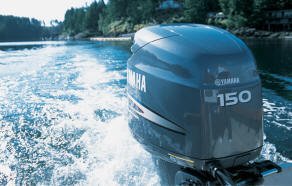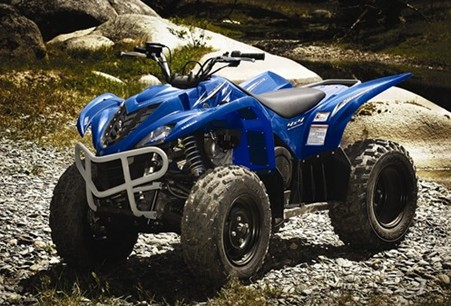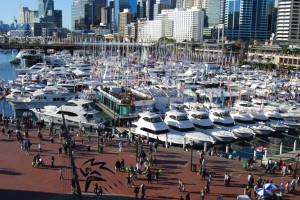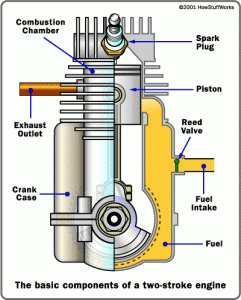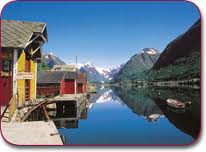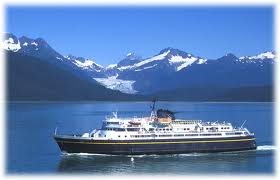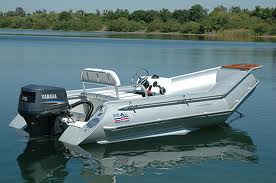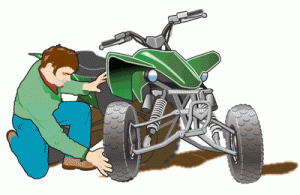Check Your Engine for Compression
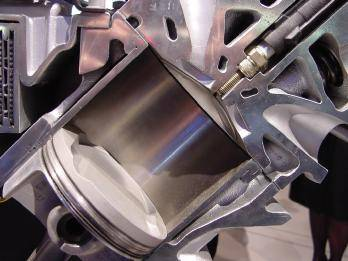 Compression is one of the four elements that a two stroke engine operates on. The other three elements are air, fuel, and spark. As a piston travels upward through the cylinder, it squeezes air and fuel into a dense mixture that forcefully ignites. This process is known as compression.
Compression is one of the four elements that a two stroke engine operates on. The other three elements are air, fuel, and spark. As a piston travels upward through the cylinder, it squeezes air and fuel into a dense mixture that forcefully ignites. This process is known as compression.
Compression can be lost when a seal is faulty between cylinder and piston or piston rings. Check for compression by removing and grounding all spark plugs, and attaching a compression tester into the spark plug hole. Twist the throttle to kick start the motor. Look at the readings; a proper compression rating needs to be at least 100 to 125 pounds per square inch. Test each cylinder, as necessary. While going over the engine, it would be wise to see if it is in need of Yamalube 2m oil.


